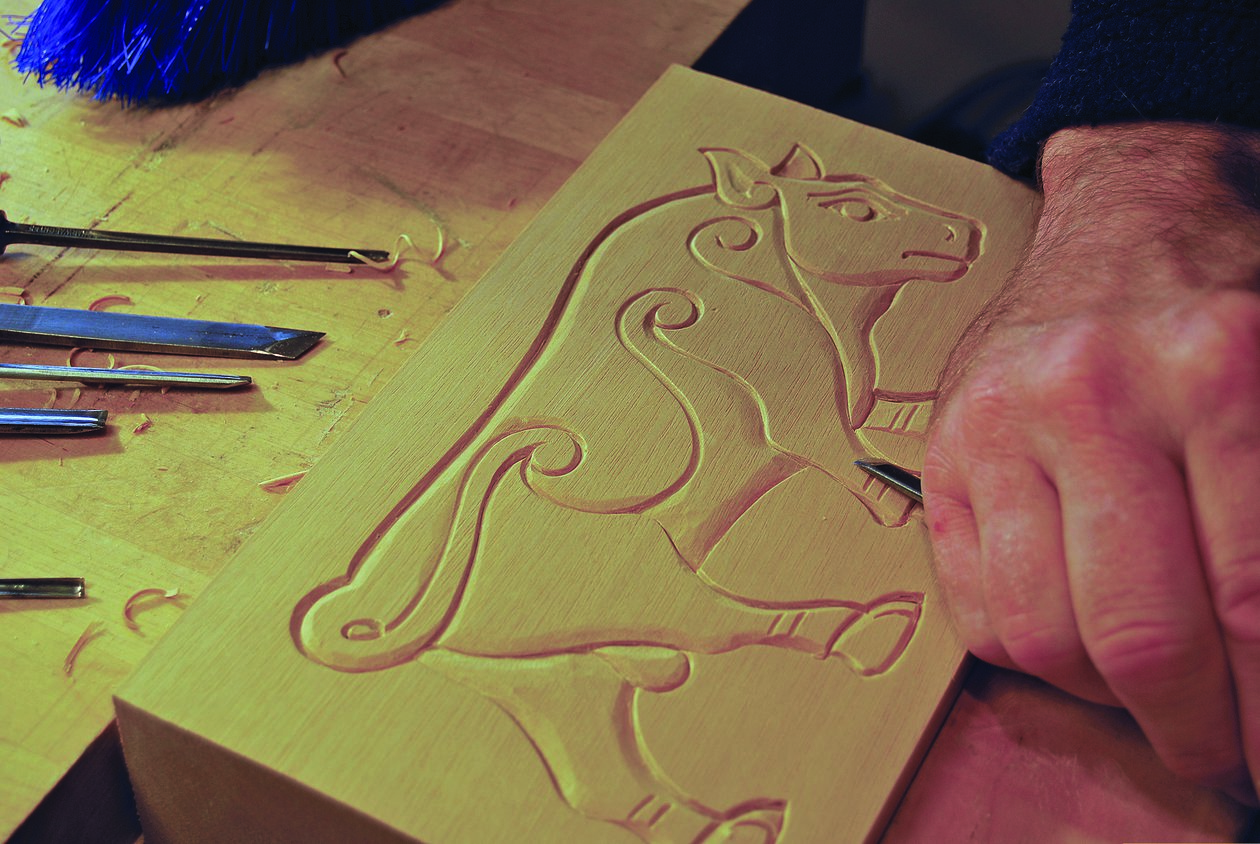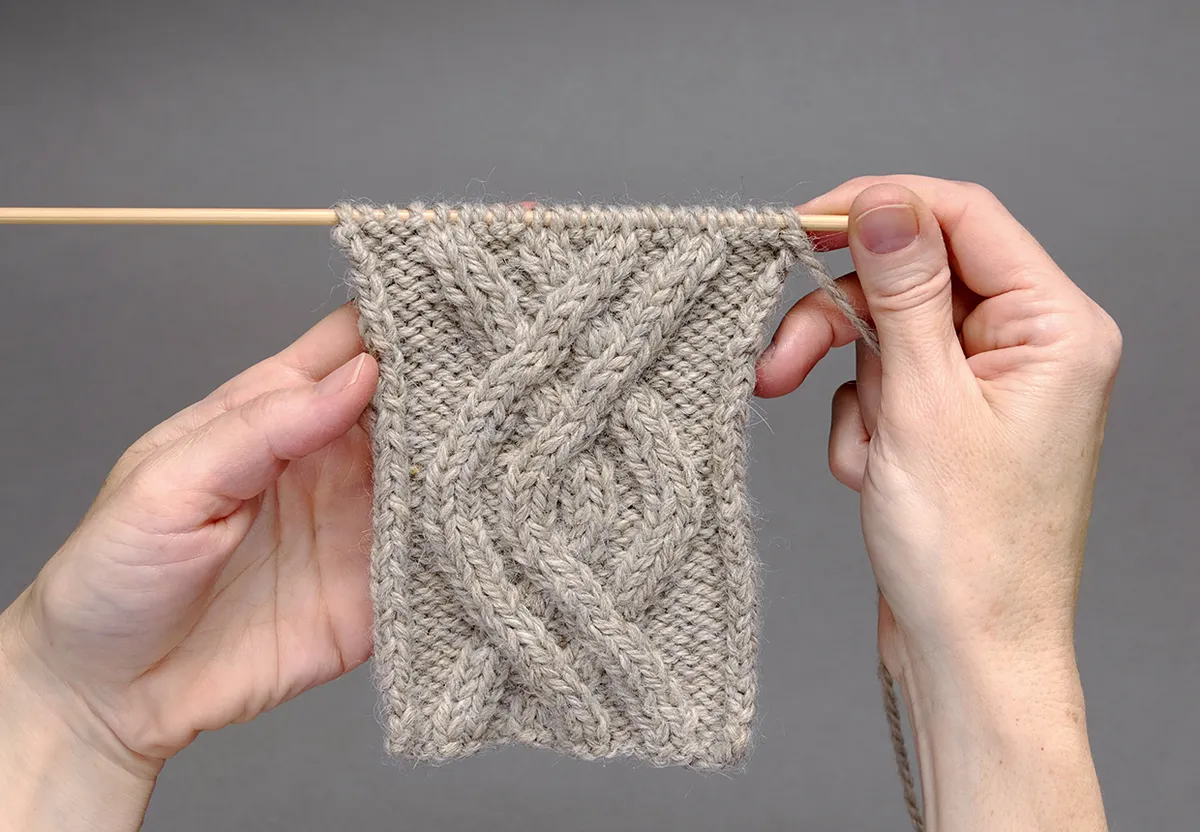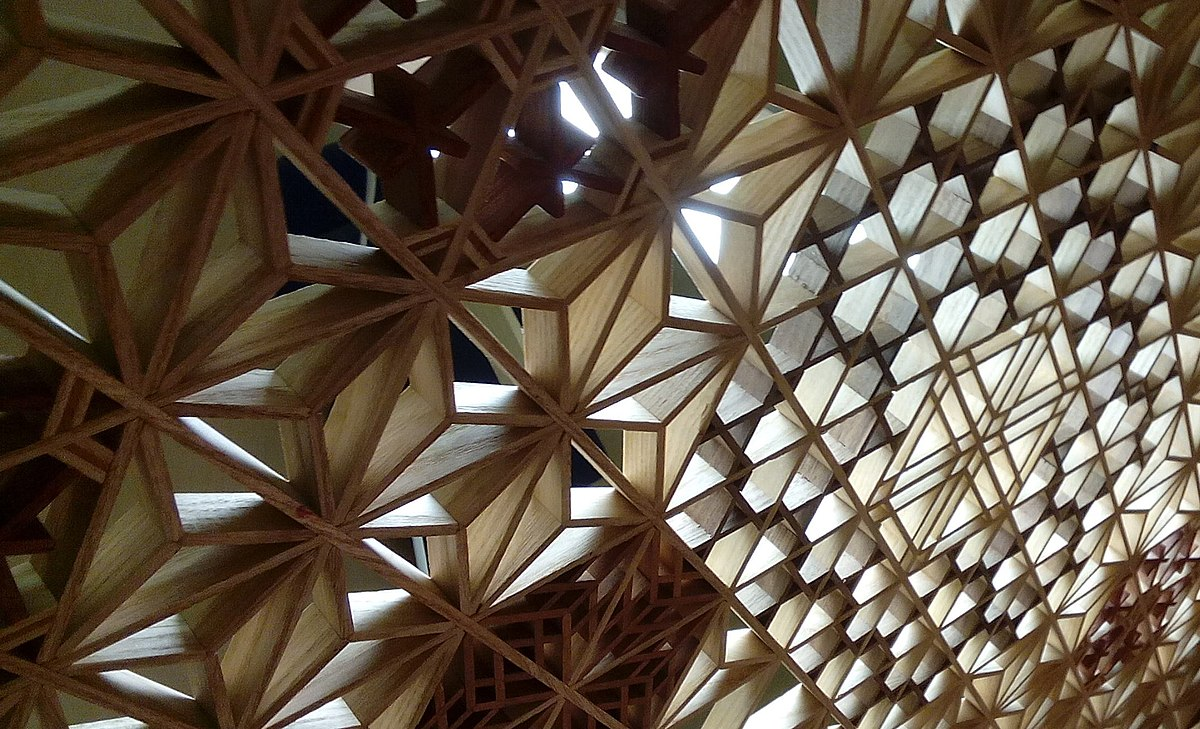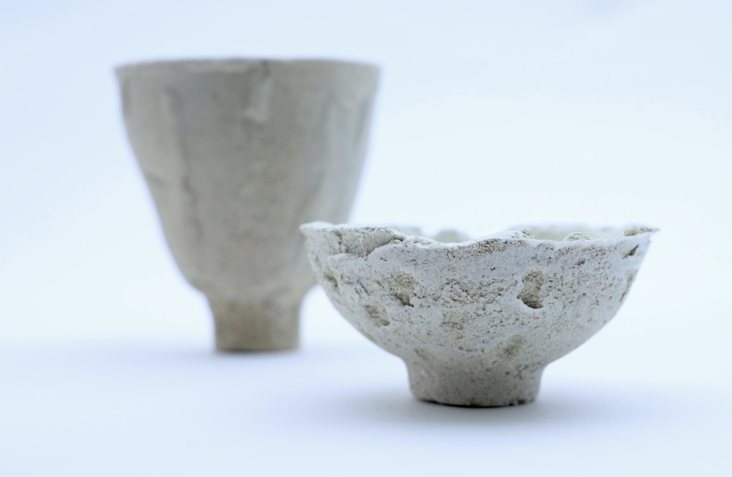Line carving, one of the oldest and most understated forms of woodcarving, focuses on inscribing lines into wood surfaces to create elegant, often symbolic designs. Unlike relief or chip carving, line carving doesn’t remove large volumes of material; instead, it emphasizes precision and subtlety. This technique has roots in ancient cultures and remains popular in decorative woodworking, calligraphy, and architectural ornamentation. Its simplicity makes it accessible to beginners while offering depth for seasoned artisans.
There are three primary styles of line carving: incised, relief, and contour. Incised carving involves cutting lines below the wood’s surface, creating shadows that define the design. Relief line carving raises the design slightly above the background, adding dimension. Contour carving follows the natural lines and grain of the wood, enhancing its inherent beauty. Each style requires a keen eye and steady hand, with tools like veiners and V-gouges being essential for achieving clean, precise lines.
Line carving’s appeal lies in its versatility and the meditative process it offers. From embellishing furniture to creating intricate patterns on musical instruments, this technique allows artisans to infuse personal expression into their work. Its minimalist approach aligns with contemporary design trends, making it a timeless skill in the woodworker’s repertoire. As with all carving methods, practice and patience are key to mastering the art of line carving.





